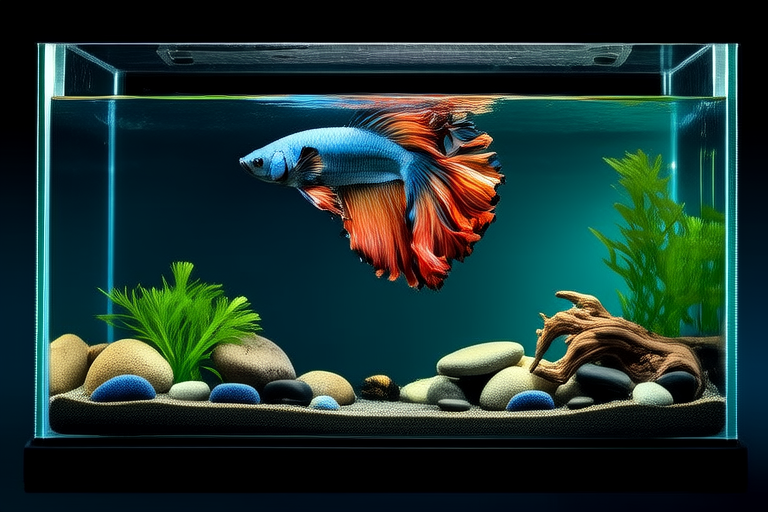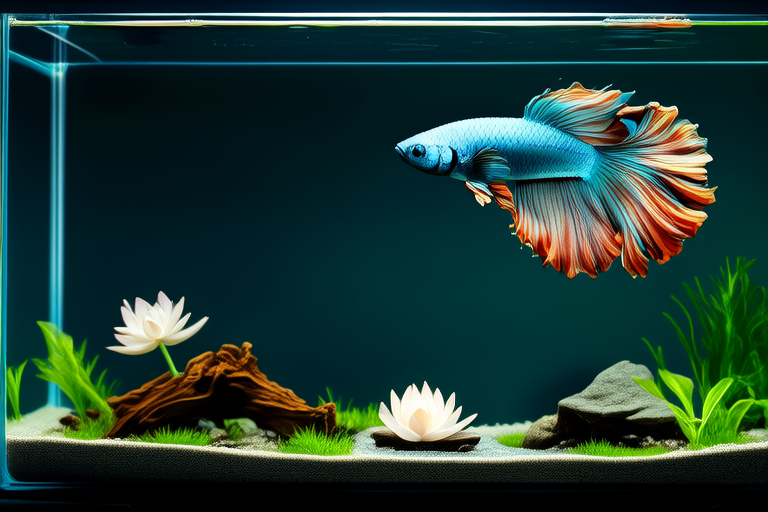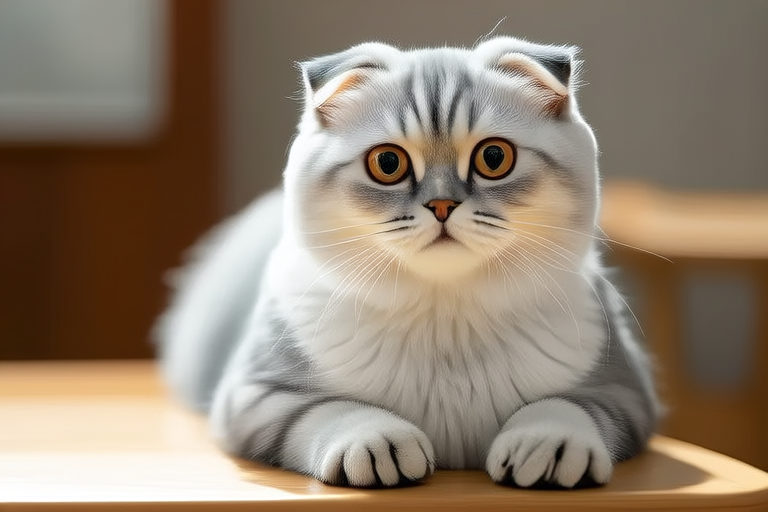
Breathtaking Betta Tank Setups: From Basics to Stunning Displays
Introduction
The vibrant and regal betta fish, also known as Siamese fighting fish, have captivated aquarium enthusiasts for decades. These fish are celebrated for their striking colors and flowing fins, making them a favorite among both novice and experienced aquarists. However, bettas have specific needs that must be met to ensure their health and well-being. In this article, we will explore the essentials of setting up a betta tank, from basic requirements to creating visually stunning displays. Whether you’re a beginner or an advanced aquarist, there’s something here for everyone.
Essential Basics for Setting Up a Betta Tank
Before diving into the aesthetics of your betta tank, it’s crucial to establish a solid foundation. The first step is selecting an appropriate tank size. While bettas can thrive in smaller environments, they still require ample space for swimming. A minimum tank size of 2.5 gallons is recommended, but larger tanks provide better water quality and more room for decorations.
Filtration systems are another critical component. Bettas are sensitive to poor water conditions, so a reliable filter is necessary to maintain clean and oxygenated water. Opt for filters designed for small tanks, ensuring they don’t create strong currents that could stress your betta. Additionally, consider incorporating a gentle air stone or bubbler to enhance oxygenation without disturbing your fish.
Water parameters play a significant role in keeping your betta healthy. Maintain a temperature between 78°F and 80°F, and keep the pH level between 6.5 and 7.5. Regularly test the water for ammonia, nitrite, and nitrate levels, and perform partial water changes to keep these within safe limits.
Choosing the Right Substrate, Plants, and Decorations
The substrate you choose can influence both the appearance and function of your betta tank. Gravel or sand are popular choices, offering a natural look while allowing beneficial bacteria to grow. Avoid substrates with sharp edges that could damage your betta’s delicate fins. Consider using colored substrates to add visual interest, but avoid anything that could leach harmful chemicals.
Plants are not only aesthetically pleasing but also serve functional purposes. Live plants help improve water quality by absorbing nutrients and producing oxygen. Popular choices include Java moss, Amazon swords, and Anubias. Alternatively, silk or plastic plants can be used for a lower-maintenance option. Ensure that any plant material is free from pesticides or fertilizers that could harm your betta.
Decorations add personality to your tank and provide hiding spots for your betta. Incorporate caves, driftwood, or ceramic castles to create a comfortable environment. When selecting decorations, consider their durability and ease of cleaning. Decorative elements should be non-toxic and free from sharp edges that could injure your fish.
Creating Stunning Displays Through Color Coordination, Themed Setups, and Interactive Elements
Once the foundational elements are in place, it’s time to focus on aesthetics. Color coordination is key to achieving a harmonious and visually appealing setup. Choose colors that complement your betta’s natural hues, enhancing its beauty. For instance, a tank with soft blues and greens can highlight the vibrant reds and oranges of a male betta. Use accessories like LED lights with adjustable color temperatures to further accentuate the tank’s ambiance.
Themed setups can bring an extra layer of creativity and fun to your tank. Create a tropical paradise with lush greenery and vibrant coral reefs. Alternatively, mimic a serene mountain stream with rocks and gravel in earthy tones. Themed setups allow you to showcase your personal style and imagination while providing an enriched environment for your betta.
Interactive elements can make your tank more engaging and dynamic. Floating ornaments or toys that gently move with the current can stimulate your betta’s curiosity. Consider adding a slow-moving bubble wand or a small, gentle waterfall to introduce movement and sound. These elements can enrich the tank’s atmosphere and encourage natural behaviors in your fish.
Maintaining a Healthy Environment for Your Betta
Regular maintenance is vital to keeping your betta tank thriving. Perform weekly water changes, removing about 25% of the water and replacing it with fresh, dechlorinated water. This helps maintain optimal water quality and prevents the buildup of harmful substances.
Clean the tank glass and decorations regularly to prevent the accumulation of algae and debris. Use a soft brush or sponge to gently scrub surfaces, avoiding any harsh chemicals that could harm your betta. Inspect your filtration system periodically, ensuring it operates efficiently and remains free from clogs.
Observing your betta’s behavior is essential for identifying potential health issues early. Healthy bettas are active, eat regularly, and display vibrant colors. Any noticeable changes, such as lethargy, loss of appetite, or dull coloring, may indicate underlying problems. Address these concerns promptly by adjusting water parameters or consulting with a veterinarian specializing in aquatic pets.
Conclusion
Setting up a breathtaking betta tank requires careful planning and attention to detail. By understanding the basic requirements and incorporating thoughtful design elements, you can create a thriving and beautiful environment for your betta. Whether you’re aiming for a minimalist setup or a vibrant themed display, the possibilities are endless. Remember to prioritize your betta’s health and well-being, and enjoy the rewarding experience of nurturing these captivating creatures.



